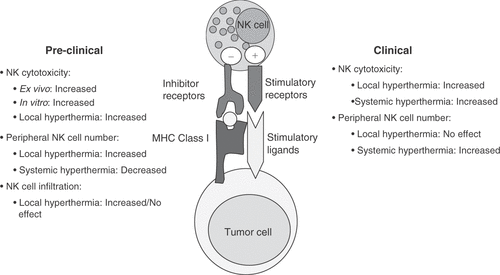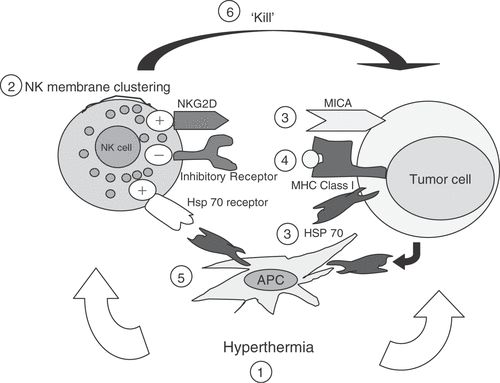Figures & data
Table I. Chronological summary of studies investigating the effects of hyperthermia on NK cell function.

